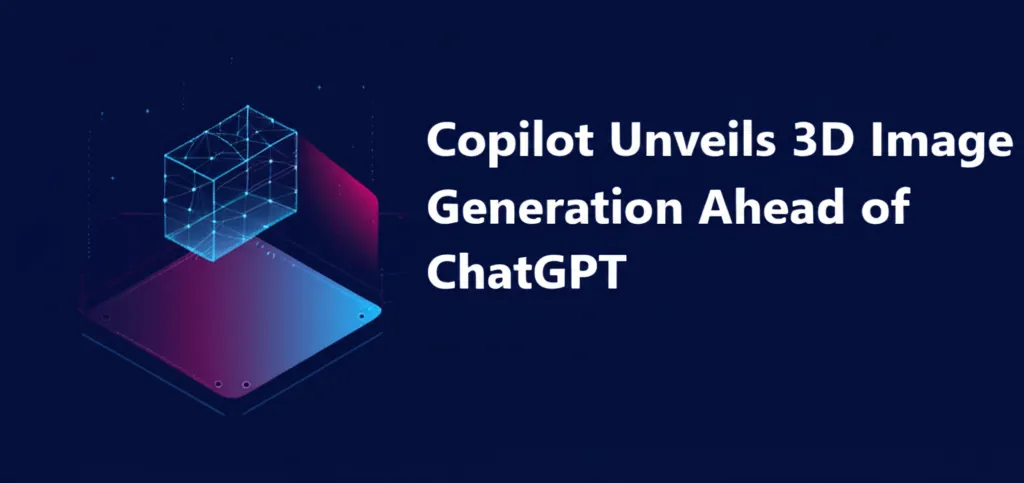Developer Offer
Try ImaginePro API with 50 Free Credits
Build and ship AI-powered visuals with Midjourney, Flux, and more — free credits refresh every month.
How AI Sentiment Is Reshaping Crypto Trading
The crypto markets are evolving. Price action and technical indicators are no longer the sole drivers of trading decisions. A new paradigm has emerged, centered on AI-driven sentiment analysis. Tools like ChatGPT and Grok now enable traders to spot opportunities before they materialize on the charts, fundamentally changing how market information is interpreted and acted upon.
The Problem with Traditional Crypto Trading
For decades, traders have relied on tools like candlestick patterns, moving averages, and RSI levels. However, these indicators are inherently backward-looking. A breakout above a key resistance level, for instance, confirms a move that has already started. In the fast-paced, narrative-driven world of crypto, where sentiment can shift prices in minutes, traditional charts are often too slow, making them reactive rather than predictive.
Consider the example of Solana (SOL) in June 2025. By the time its price surged past $140, its ecosystem's total value locked (TVL) had already hit $9 billion. Traders using Grok, however, saw this momentum building weeks earlier. The AI detected a surge in positive social media sentiment, flagging keywords like “scalability” and “DeFi adoption.” This early signal allowed them to enter positions well ahead of the crowd, using ChatGPT to fine-tune their strategies and manage risk.
The AI Duo Revolutionizing Trading
The real power in this new approach lies in combining the strengths of ChatGPT and Grok. Grok excels at detecting sentiment shifts by tapping into real-time social media and web data. It can validate these narratives by cross-referencing social mentions with on-chain data, such as transaction volume or developer activity. For instance, when Avalanche (AVAX) saw a spike in developer contributions in Q2 2025, Grok flagged it as a strong growth signal, even while its price was lagging.
ChatGPT acts as the strategic co-pilot. Once Grok identifies a promising signal, a trader can use ChatGPT to structure a plan. A prompt might be, “If Bitcoin breaks its 200-day moving average, what do historical patterns suggest?” The AI can outline potential trajectories while also providing a nuanced view on risks like false breakouts, helping balance optimism with caution.
This synergy was on full display in July 2025. Grok identified a potential major liquidation event for BTC/USD by analyzing social media sentiment and geopolitical tensions, pinpointing a $144 million threshold. Traders then used ChatGPT to simulate various outcomes and set precise stop-loss and take-profit levels. The resulting trade was disciplined and outperformed strategies based on lagging indicators like MACD or Bollinger Bands.
Why Narrative Trumps Price in Crypto
Crypto markets are uniquely influenced by sentiment. A single tweet or a viral meme can cause a token's price to skyrocket or crash. AI tools now give traders the ability to monetize these narratives before they are reflected in the price charts.
Take the memecoin $GROK. In May 2025, the AI Grok cross-referenced social media hype with the project's white paper, flagging significant governance and centralization risks. Traders who listened to this analysis avoided major losses when the token's price collapsed after a failed airdrop. Conversely, when sentiment around TAO (Bittensor) turned bullish, ChatGPT helped traders validate the narrative's sustainability by prompting them to ask, “What on-chain metrics confirm this momentum?”
This proactive method is a stark contrast to traditional charting, which only reacts to sentiment-driven price moves after they have already happened. By the time a token's price spikes on a chart, the opportunity is often gone.
Navigating the Risks of AI Trading
Of course, AI is not a magic bullet. Models can produce inaccurate signals if trained on old data, and sentiment analysis can misinterpret sarcasm or complex context. A sudden spike in a token's mentions could signal a pump-and-dump scheme, not genuine interest. Therefore, it is crucial to validate AI-generated insights with traditional analysis.
Academic research from experts like Alejandro Lopez-Lira at the University of Florida highlights the danger of overreliance on AI, which can lead to confirmation bias. The most effective approach is a hybrid strategy: use AI to form a hypothesis, then use traditional tools and on-chain data to test it. For example, a trader could use Grok to identify a potential breakout for Ethereum (ETH) and then confirm it with on-chain metrics like exchange inflows or NVT ratios.
Actionable Steps for AI-Powered Investing
For investors looking to integrate these tools, the message is to embrace AI but remain critical. Here are three practical steps:
- Combine Sentiment with On-Chain Data: Use Grok to find promising narratives, but always validate them with hard data like TVL, developer activity, and exchange balances.
- Automate with Caution: AI-driven trading bots are powerful, but they must have safeguards against false signals. Integrating tools like RugCheckxyz can help filter out potential scams.
- Journal and Iterate: Use ChatGPT to document trading decisions. Analyzing both successful and failed trades helps identify patterns and sharpens your strategy over time.
The future of crypto trading belongs to those who use AI as an amplifier for human judgment, not a replacement for it. The greatest returns will go to traders who can balance speed with rigor, data with intuition, and innovation with caution. As the market evolves, the advantage goes to those who see the narrative before it becomes a chart.
Compare Plans & Pricing
Find the plan that matches your workload and unlock full access to ImaginePro.
| Plan | Price | Highlights |
|---|---|---|
| Standard | $8 / month |
|
| Premium | $20 / month |
|
Need custom terms? Talk to us to tailor credits, rate limits, or deployment options.
View All Pricing Details

